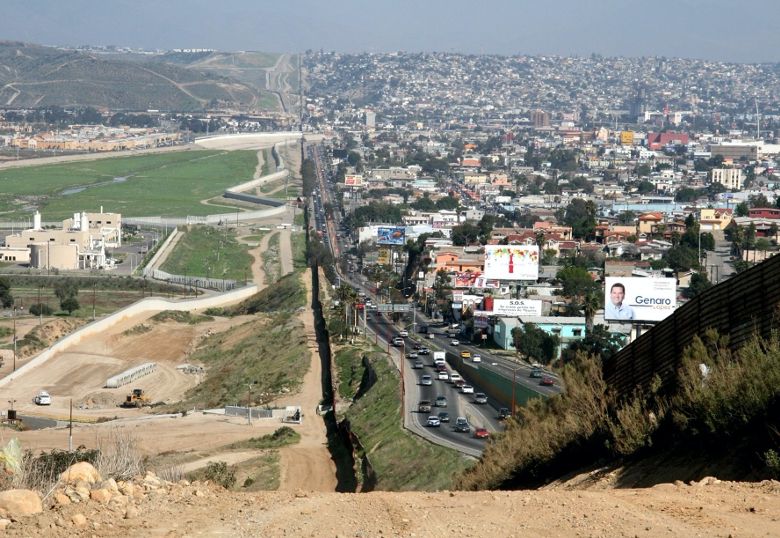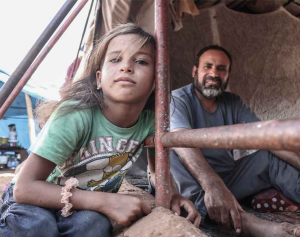
“Borders of the world”: Classifying territorial borders worldwide
Summary
In the project “Borders of the world: Processes of de- and rebordering in a global perspective”, the team has gathered vast amounts of data about territorial border infrastructures using web scraping. With this methodology, numerous websites were automatically scanned for relevant content through the application of algorithm-based search queries. The project compares differing border configurations in between nation-states and investigates how these lead to varying social conceptions of space and influence individual mobility. The project aims at surveying all present international land borders worldwide.
Results
The project is currently in process and the team analyses data based on a systematic typology of borders, including types such as borders without barriers, borders with punctual controls and patrols, and those that feature fences and walls with barbed wire. On the basis of this taxonomy, case studies will be conducted on borders that are highly fortified and militarised. The qualitative part of the study is intended to provide in-depth insights into the factors driving the fortification and militarization of borders as well as their effect on border crossings, interactions and mobility. Overall, the approach of web scraping for online content about territorial borders is an innovative methodology to quickly gather data from numerous sources to improve the understanding of how they impact individual mobility. Potentially, it can be applied to further migration-related phenomena as well, for instance, to better understand public perceptions towards migrants and refugees or the digital networks of migrant diaspora communities.
(Picture: © Sgt. 1st Class Gordon Hyde)



